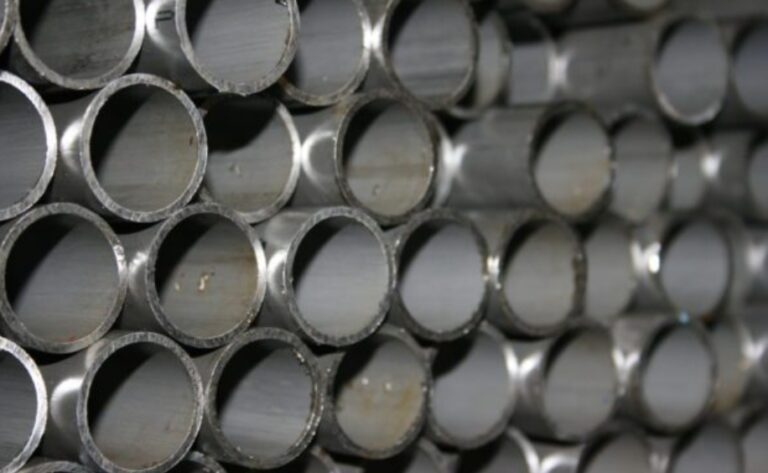Welding tubing, whether for automotive, aerospace, or other industrial applications, requires precision, skill, and knowledge. Mastery of this craft can lead to superior performance, enhanced safety, and long-lasting durability of the welded structures. This article delves into the importance of honing your welding skills for tubing and provides expert tips to help you achieve professional results.
Why It Is Important To Become A Pro For Welding Tubing
Becoming proficient in welding tubing is crucial for several reasons. First, achieving high-quality welds on 4130 tubing, a popular material in industries like motorsports and aviation, ensures the integrity and strength of the joints. This type of steel alloy, known for its excellent strength-to-weight ratio, is often used in critical applications where failure is not an option. Therefore, understanding the intricacies of welding 4130 tubing can significantly impact the overall safety and performance of the finished product.
Mastering welding techniques for tubing can lead to increased efficiency and reduced costs. Poor welding practices often result in defects, rework, and material wastage, all of which can be costly and time-consuming. By becoming a pro, you can minimize these issues, ensuring that your projects are completed on time and within budget.
Five Expert Tips For Procuring Welding Tubing Like A Pro
Here are following five expert tips for procuring welding tubing like a pro:
1. Choose the Right Equipment
Selecting the appropriate welding equipment is the foundation of successful tubing welds. Depending on the material and thickness of the tubing, different welding methods may be more suitable.
For instance, TIG (Tungsten Inert Gas) welding is often preferred for thin-walled tubing due to its precision and control.
Ensure that your welding machine is capable of providing consistent output and that you have the necessary accessories, such as a high-quality torch and appropriate filler materials. Investing in reliable, high-quality equipment can make a significant difference in the quality of your welds.
2. Prepare the Tubing Properly
Proper preparation of the tubing is essential for achieving clean, strong welds. Begin by thoroughly cleaning the tubing to remove any contaminants such as oil, dirt, or rust. This can be done using a wire brush, acetone, or other suitable cleaning agents.
Next, ensure that the tubing is correctly cut and beveled, as this will affect the fit-up and overall quality of the weld.
Precise cutting and beveling tools are recommended to achieve consistent results. Proper fit-up is crucial, as gaps or misalignment can lead to weak welds and potential failures.
3. Master Your Welding Technique
Perfecting your welding technique is critical for attaining professional results. For TIG welding, maintaining a steady hand and consistent torch angle is essential. Practice holding the torch at a 15-20 degree angle from the tubing surface and keep a tight arc length to control heat input and prevent burn-through.
Additionally, practice feeding the filler rod smoothly and consistently to ensure uniform bead formation.
Consistent practice and refinement of your technique will lead to better weld quality and appearance. Developing a steady hand and good eye coordination are essential components of mastering your technique.
4. Control Heat Input
Managing heat input is particularly important when welding tubing, as excessive heat can cause warping or weakening of the material. Use a lower amperage setting and increase travel speed to minimize heat buildup.
For 4130 tubing, preheating the material to around 300-400 degrees Fahrenheit can help reduce the risk of cracking, especially for thicker sections.
Always monitor the temperature and adjust your settings as needed to achieve optimal results. Proper heat management not only ensures strong welds but also maintains the mechanical properties of the tubing.
5. Inspect and Test Your Welds
Thorough inspection and testing of your welds are essential to ensure their quality and reliability. Begin with a visual inspection to check for any obvious defects such as cracks, porosity, or incomplete fusion.
Next, perform non-destructive testing methods such as dye penetrant or ultrasonic testing to detect hidden flaws.
For critical applications, consider destructive testing methods like bend tests or tensile tests to verify the strength and durability of the welds. Regular inspection and testing will help you identify areas for improvement and maintain high standards in your welding projects. Consistent quality control ensures that the end product meets industry standards and performs reliably in service.
Conclusion
Becoming a pro at welding tubing requires dedication, practice, and attention to detail. These expert tips provide a solid foundation for improving your welding skills and ensuring the success of your projects. As you continue to refine your techniques and gain experience, you’ll be well-equipped to tackle even the most challenging welding tasks with confidence and precision. Whether working on 4130 tubing or other materials, these practices will help you deliver superior results, enhancing the safety and durability of your welded structures.
